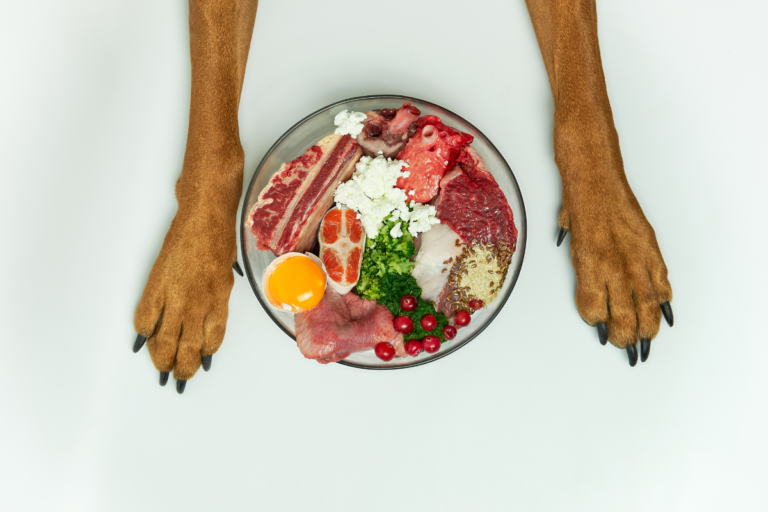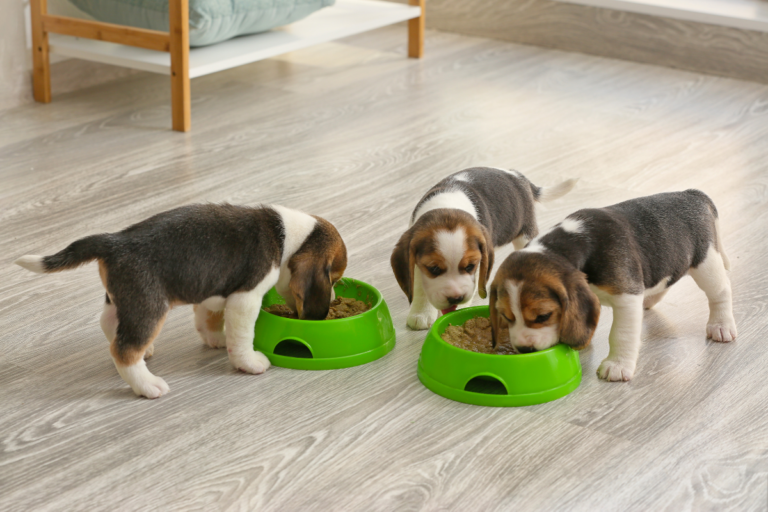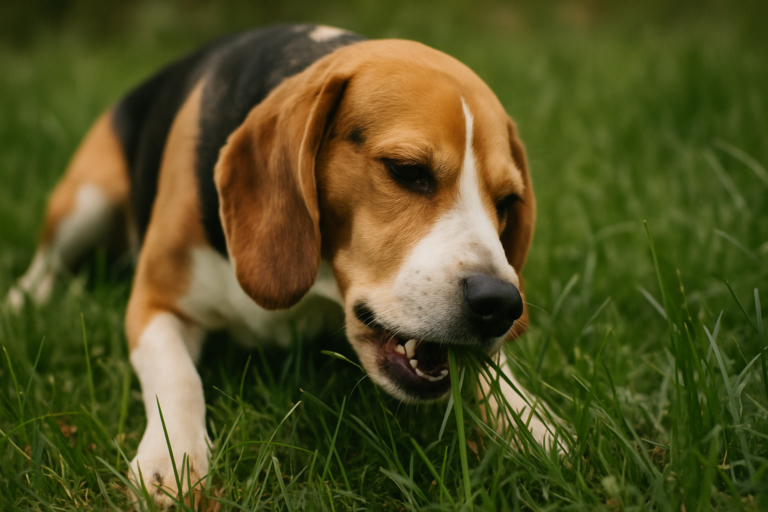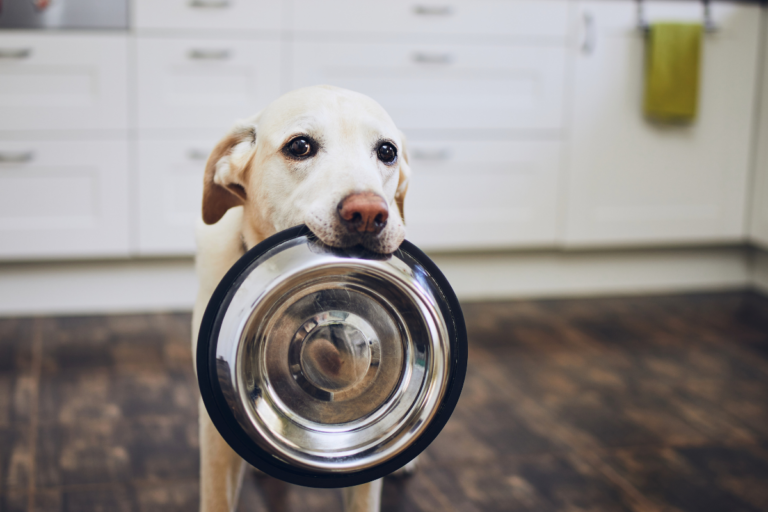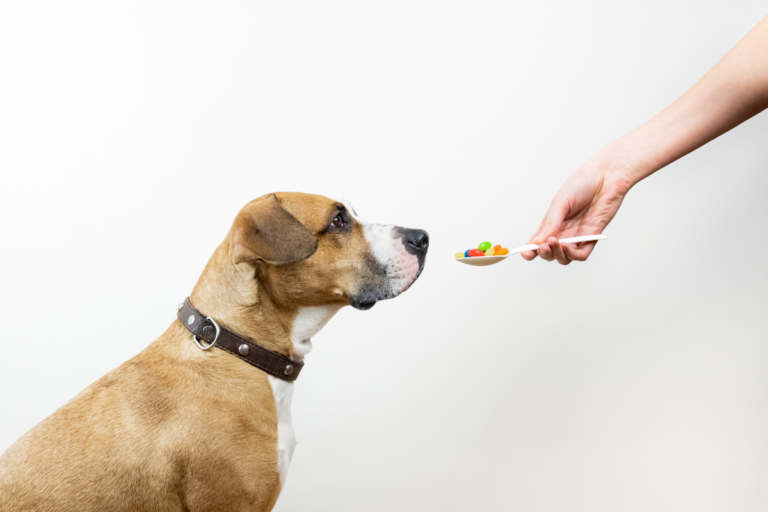Embark on a Healthy Journey: Mapping Out the Puppy Nutrition Chart
Understanding Puppy Nutrition
Getting the right food in a puppy’s belly is like building the foundation for a skyscraper, helping them become sturdy and health-packed adult dogs. Let’s chat about why a puppy’s menu is so important and why their food is a bit different from what the big dogs eat.
Importance of Puppy Diets
Puppy diets are crafted with a sprinkle of magic to kick-start their speedy growth and learning phase. In those early months, puppies burn through about half of their nutrients just to keep up with growing sprees — or at least that’s what the folks with clipboards say, like those at Purina. It’s a big deal to make sure they’re munching on food that powers their zippy development and keeps them spry and bright-eyed.
So, for our little fur balls to grow up strong and joyful, picking grub tailored just for them is key. These meals blend the tastiest proteins, fats, and carbs with superhero nutrients like calcium and DHA. Feeding them a recipe that hits all the right nutritional notes is a must for their journey into healthy adulthood.
Puppy Food vs. Adult Dog Food
So what makes puppy chow different from what Fido down the street is eating? It boils down to what each meal is meant to do. Puppy food is all about supporting both energy and growth bursts, while adult dog food seems satisfied just maintaining what’s already there.
| Nutrient | Puppy Food | Adult Dog Food |
|---|---|---|
| Protein | Amped up for growing muscles | Just enough for upkeep |
| Fat | Boosted for playtime energy | Dialed back for chill maintenance |
| Calcium | Extra for building bones | Minimal for steady bones |
| DHA | Top-notch for brain boost | Not really needed |
When scouting out food for the tiny tail-wagger, it matters most to grab options that are complete, balanced, and approved by the AAFCO stamp of goodness. Sticking to a high-quality puppy diet right up until they graduate to the adult menu ensures they’re getting the goodies they need during those crucial early days.
We’ve even put together a puppy diet chart to help with portion scoops and chow-time plans. Also, peeking into the best raw diet for dogs and checking in on board certified veterinary nutritionist recipes might give more tips for supercharging your pup’s plate for top-notch health and get-up-and-go.
Tailoring Nutrition for Different Breeds
Every dog is its own little weird, fluffy self, right down to what goes in their food bowl. You wouldn’t expect a chihuahua to wolf down the same dinner as a Great Dane, so let’s chat about feeding our four-legged buddies in a way that keeps them bouncing with joy and health.
Large and Giant Breed Puppies
You know those pups that seem to double in size overnight? Yep, the ones that turn into light-footed mammoths. Suppose your furball will tip the scales at 60 pounds or more. They need a menu that keeps up with their fast growth and keeps their bones and joints ready for all those zoomies. According to Purina, munchies like Purina Pro Plan Puppy Large Breed Chicken & Rice Formula fit the bill.
Feeding these gentle giants is all about balancing—too much chow, and you might deal with wobbly legs later. Stick to grub that’s specially made for them, and call in your vet before starting any home-brewed supplements (American Kennel Club).
| Nutrient | Large/Giant Breeds (60+ lbs) |
|---|---|
| Protein | 22% – 32% |
| Fat | 8% – 14% |
| Calcium | 1% – 1.5% |
| Phosphorus | 0.8% – 1% |
Get more juicy details from our puppies food chart.
Toy and Small Breed Puppies
Tiny but mighty, right? Toys and small breeds may be pocket-sized, but they’ve got energy to spare. Their spazzy little selves need high-calorie food that’s easy to chomp (Purina). They grow up fast, too! Often switching to adult dog chow by 9-10 months (PetMD). Proper feeding helps them stay zooming around without tipping the scales.
| Nutrient | Toy/Small Breeds (<20 lbs) |
|---|---|
| Protein | 25% – 30% |
| Fat | 10% – 15% |
| Calcium | 1% – 1.5% |
| Phosphorus | 0.8% – 1% |
Find out more tiny dog diet deets in our dog diet chart.
Medium Breed Puppies
Medium puppies? Not too big, not too small, just right. They need a balanced diet that helps them grow steadily and lets them strut their stuff. You might find them switching up to adult food between 12-14 months (PetMD). Fueling their active lifestyles takes a perfectly mixed diet of calories, protein, and fats.
| Nutrient | Medium Breeds (20-50 lbs) |
|---|---|
| Protein | 22% – 28% |
| Fat | 10% – 14% |
| Calcium | 1% – 1.5% |
| Phosphorus | 0.8% – 1% |
Feeding tips for medium buddies are in our dog diet chart.
So, when it comes to feeding time, remember: a little knowledge can go a long way. Let’s keep our puppy pals growing strong and thriving with the right grub for their size. For even more tips and tricks, swing by our puppy diet chart or see what a board certified veterinary nutritionist might dish out.
Essential Nutrients for Puppies
Alright, folks, let’s get to the nitty-gritty of what those squirmy little furballs need to grow up strong and healthy. We’re about to spill some beans on the crucial nutrients that’ll keep your puppy wagging its tail for years.
Protein, Fat, and Carbohydrates
Puppies are like little energizer bunnies on a mission to grow up fast. They need a full menu of proteins, fats, and carbs to fuel their zoomies and build some muscle.
- Protein: Think of it like the bricks for their little bodies—building muscle, fixing up scrapes, and keeping them solid. Grab this goodness from things like lean meats, fish, and eggs.
- Fat: This is the rocket fuel for your puppy—powering that brain and soaking up all the good stuff. Fish oil and animal fats are like the high-octane version here.
- Carbohydrates: The everyday energy and digestion helpers. Whole grains and veggies are perfect sources for this.
| Nutrient | Why It’s Important | Best Sources |
|---|---|---|
| Protein | Building muscle, tissue repair | Lean meats, eggs |
| Fat | Energy boost, brain fuel | Fish oils, animal fats |
| Carbohydrates | Quick energy, helps digestion | Whole grains, veggies |
Calcium and Other Minerals
Now, you might be wondering about the bones and all those little systems ticking away in your pup. Minerals, especially calcium, are the magic behind strong bones and steady growth.
- Calcium: This one is the heavyweight champ for bones and teeth. Snag it from dairy and leafy greens.
- Other Minerals: These guys are like the unsung heroes, doing the tiny, mighty jobs like enzyme activation. Look for phosphorus, magnesium, and potassium.
| Mineral | What It Does | Where to Get It |
|---|---|---|
| Calcium | Strong bones and teeth | Dairy, leafy greens |
| Phosphorus | Keeps energy on tap | Meat, fish |
| Magnesium | Helps muscles and nerves work | Whole grains, leafy greens |
| Potassium | Balances fluids and muscles | Fruits, veggies |
But, hey, too much of a good thing can be a bad thing. Check our dog diet chart for help in keeping it all balanced.
Avoiding Overfeeding and Supplementation
Listen, if your puppy starts looking like a furry bowling ball, it might be time to check the portions. Overfeeding and unnecessary supplementation can hurt more than help.
- Avoid Overfeeding: Stick with what the puppy chow folks suggest and have a chat with your vet for tips fit just for your furry friend.
- Limit Treats: Those puppy eyes are persuasive, but make sure treats stay under 10% of their food intake.
- Supplementation: Stay chill with the vitamins and minerals. Unless your vet says so, a balanced diet does the trick.
| Issue | How to Keep Things in Check |
|---|---|
| Overfeeding | Follow label and vet advice |
| Too Many Treats | Keep it to less than 10% of intake |
| Unnecessary Supplements | Balanced diet is usually plenty |
A smart diet plan makes all the difference in raising a lively, healthy pup. Head over to our board certified veterinary nutritionist recipes for more tips—because your pooch deserves the good stuff!
Feeding Guidelines for Puppies
Making sure our pups chow down on the right eats as they grow is key to their health and future. We’re diving into how to stuff our furry pals’ bellies properly.
Age-Appropriate Feeding Schedule
Feeding schedules need a tweak or two as puppies get older. When they’re wee little rascals, they munch more often.
| Age of Puppy | Meals Per Day |
|---|---|
| 6-12 weeks | 4 meals |
| 3-6 months | 3 meals |
| 6-12 months | 2 meals |
These tips keep our pups well-fed with all they need to grow up strong and bouncy. Curious about details? Check out our handy puppy diet chart.
Transitioning from Mother’s Milk
Around the 4-week mark, pups start swapping mom’s milk for kibble bites. This gradual switch is super important, so their tummies can handle new tastes. Usually, by 8 weeks, they’re pros at solid foods. Here’s more on this from VCA Hospitals.
As they switch, giving them top-notch puppy food is a must. Little breeds finish up growing around 10-12 months, while the big guys, like the giant breeds, stretch this out up to 18-24 months. More tailored advice can be found on our puppies food chart.
Special Considerations for Various Growth Stages
Puppyhood ain’t a one-size-fits-all deal. Each stage has its quirks in meals and munchies (Supertails).
- Neonatal Stage (0-2 weeks): All about mom’s milk.
- Transitional Stage (2-4 weeks): Starting to nibble on solids.
- Socialization Stage (4-12 weeks): Fully into solid food, frequent eats.
- Juvenile Stage (3-6 months): Down to 3 meals a day.
- Adolescent Stage (6-12 months): Down to 2 meals a day.
Small dogs, like Chihuahuas or Yorkies, hit their adult size way sooner. Those bigger lads like Retrievers or Shepherds, take their sweet time, hitting maturity between 12 to 24 months (PetMD).
Big pups might need more puppy grub to make sure their bones get what they need. For some spot-on feeding advice, check out our dog diet chart and labrador dog food chart.
Following these feeding hacks helps our pups turn into tail-wagging adult dogs. For more ace tips on getting your puppy’s plate just right, dive into our guide with board certified veterinary nutritionist recipes.

